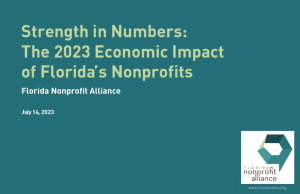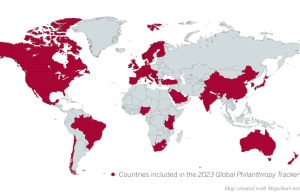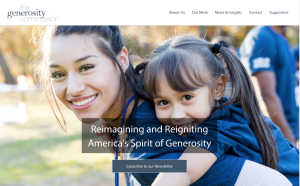More than 35,000 nonprofits have investment funds, with $800 billion in assets managed. The funds generate an average return – net of administrative expenses – of 5.3 percent, according to The Risk, Reward, and Asset Allocation of Nonprofit Endowment Funds, a research paper from Andrew W. Lo and Egor Matveyev of the MIT Sloan School of Management and Stefan Zeume of the Gies College of Business at the University of Illinois at Urbana-Champaign.
The 35,000 nonprofits that make use of these funds represent only 11.2 percent of all the nonprofits the study authors analyzed. Within organization types, however, there was considerable variance in their presence. Nearly 70 percent of higher education nonprofits had these types of funds, along with almost one-third of hospitals and 22.6 percent of arts nonprofits.
On the low end of the scale, only 6.9 percent of religious institutions held these funds, along with 10.6 percent of mutual benefit organizations (such as the Children’s Dyslexia Centers) and 11 percent of international nonprofits such as the Oxford Funds.
Fund sizes vary. While the average among all nonprofits was $20.5 million in assets, that number was driven by a few large funds. The median amount under management was less than $1 million.
Larger funds are more likely to embrace investment risks, and they realize the rewards of doing so. Funds valued at more than $100 million pull average returns of 7.6 percent annually, compared with those under $1 million, which generate returns of only 3.8 percent.
Funds held by higher education and education funds generated the highest net returns, 6.83 percent and 5.26 percent, respectively, followed by arts nonprofits funds (5.15 percent.) Ranked by returns, hospitals (4.09 percent), international nonprofits (4.25 percent) and health organizations (4.28 percent) recorded the lowest returns.
The study’s authors correlate the independence of a nonprofit’s board of directors, as well as the percentage of total compensation for all directors and officers that goes to a CEO, to higher returns. They also measure administrative and travel expenses as a percentage of all functional expenses. As the study notes, such “expenses may indicate wasteful spending and weak governance.” Organizations with out-of-proportion travel and administrative expenses tended to have investment portfolios that generate lower returns.
The majority (59 percent) of these funds are allocated to public equity assets. Another 11 percent are put into cash instruments, with 8 percent going for fixed-income investments. The remaining 22 percent are split among trusts, hedge funds, private equity funds, partnerships, alternatives, real estate and “other” assets.
Smaller organizations, which have less leeway to weather market fluctuations, allocate one-third of assets to fixed income and cash instruments. They are also likely to invest more in individual stocks. In contrast, the larger funds put more money into private equity, hedge funds, and international equity.
The data showed 38 percent of nonprofits reported investment management expenses, indicating the use of external advisors.










